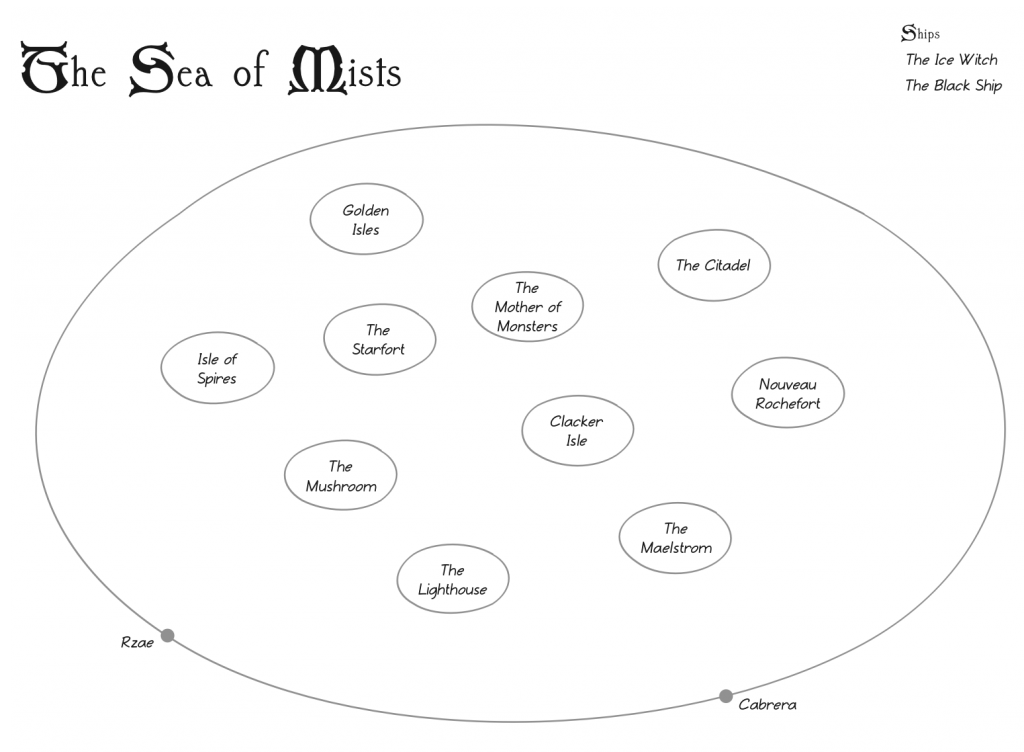Ok, so the moves. The opener needs to be “Swoosh”, simple as that. It is, I think, a scene entry move, which is a bit more meta than most DW moves, but I’m ok with this, because it meshes well with my table’s playstyle, but I understand it won’t be everyone’s bag.
Fiction wise, this is the character stepping into a scene at an opportune and awesome looking moment. It’s not a combat move per se, and stylistically it’s a bit different than the Dashing Hero’s In the Nick of Time even though it’s in the same general space. It’s easy to envision, but that doesn’t make it easy to articulate.
The trigger for the move is basically “There’s a scene going on which you’re not involved in, but you could be.” That’s a little open ended – I think the intent is pretty clear, and as long as no one thinks the fiction is teleportation or something similar.
So, when it goes well, the character should basically step into the scene at an opportune moment, so the question is whether this is a dice move. Easiest way to test that is to ask whether or not failure should be an option, and if so, what it should look like. At first glance, it doesn’t seem like a dice move, partly because failure (you don’t show up) is boring rather than play driving. But at the same time, this seems kind of dull if it always just works.
Which suggests the right answer might be to hybridize it so the action always works (that is, you always show up), but the context is shaped by the dice. On a 10+ you get to look totally awesome, on a 7–9 there are complications and on a 6- it’s bad. How bad? My first instinct is that the 6- result is when you step out of the shadows with your hands wrapped around the knife sticking out of you. I don’t want to explicitly say that’s what happens, but I want to keep that idea in mind as I pull this together.
Structurally, this seems like the kind of move where you’d pick a good number of outcomes on a 10+ and a smaller number on 7–9. The most obvious ones seem to be “Appear where you want”, “Appear when you want”, “You are not being hunted”
I don’t think that’s the final list yet, but I feel like this is the right direction. Functionally, this brings the character into the scene, but it also has a good chance of complicating these scene in some way. I love that, because that is absolutely a play-pushing result. So the trick is really that I want to make sure that 7–9 pushes one bad outcome and imply that the 6- pushes them all.
Easiest way to do that is 2 bullets: “Where and when you wan”t and “not being chased”. 10+ pick 2, 7–9 pick 1. That leaves the whole “wounded” part of 6- out of it, but that is really within the bounds of a normal hard move, so there’s probably no need to explicitly articulate it. That said, I’m not 100% sure what stat to go with. I’d originally been thinking Dex, but that was when I was thinking something more stealthy and less narrative. However, I think I have a fix for this. So I’ll put a pin in it there, and call it:
Swoosh When there’s a scene you’re not in, you can enter it so long as there’s some reasonable way for you you to have gotten there. When you do, roll +Bond (use your rating with any character in the scene):
- On a 10+ You show up where and when you want, and you’re not being hunted.
- On a 7–9 you show up where and when you want or you’re not being hunted
Ok, that move took rather more thought than I expected, but I’m ok where it ended up, though I’m not sure it’s sufficiently swooshy. Next step is to look at the patron stuff, but that’s probably going to be its own post.
